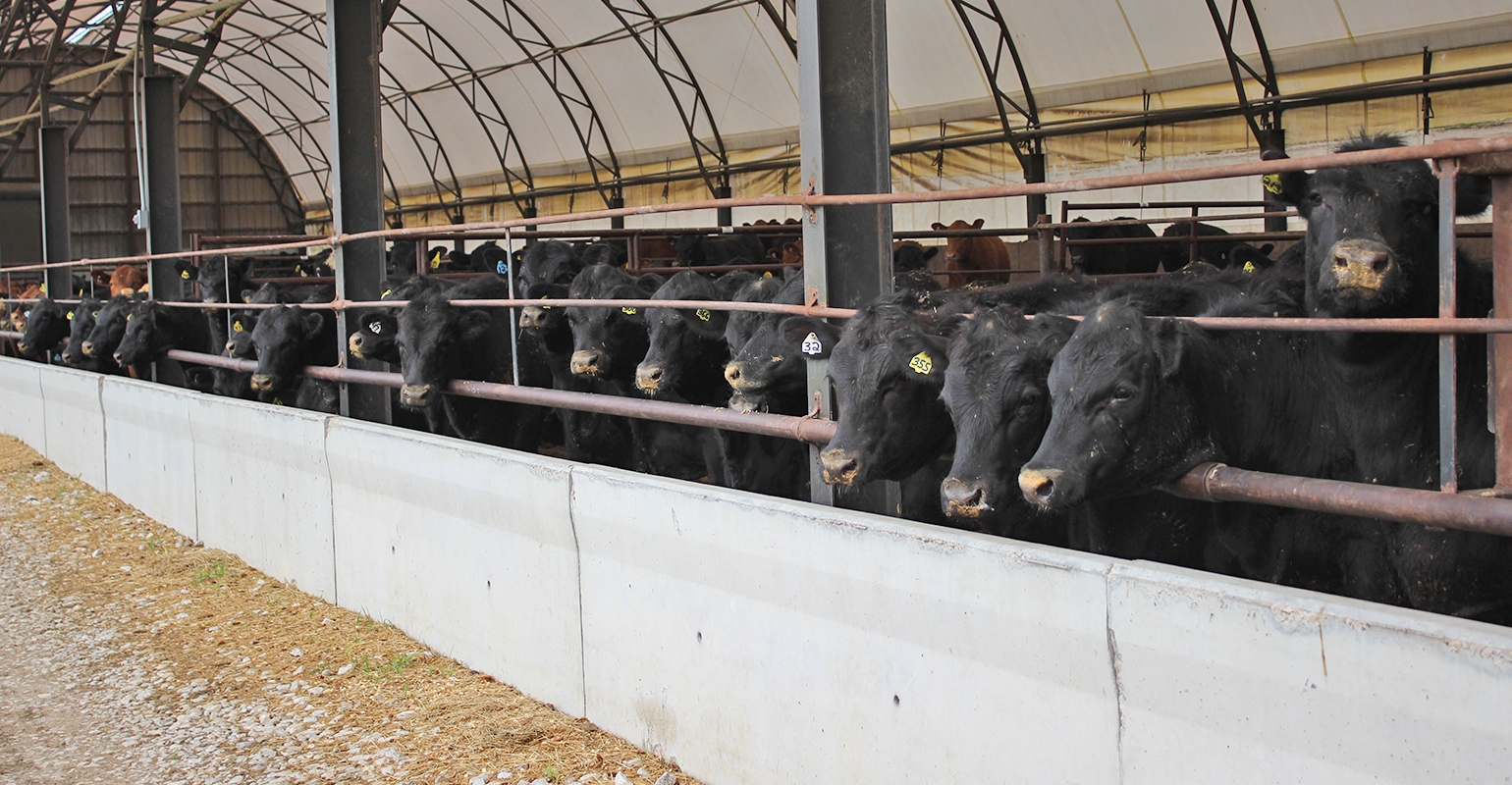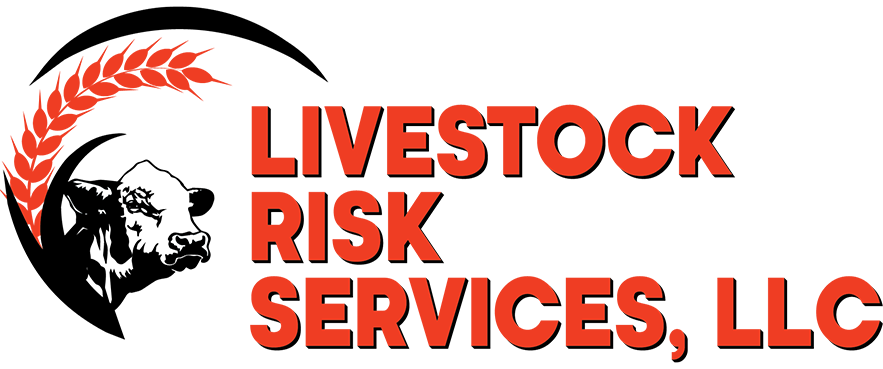Trick Elements to Take Into Consideration When Deciding On Livestock Risk Security (LRP) Insurance
When examining alternatives for Livestock Threat Security (LRP) insurance policy, several vital factors call for careful consideration to guarantee efficient risk monitoring in the farming sector. Selecting the right coverage alternatives tailored to your particular livestock operation is paramount, as is comprehending how premium prices correlate with the degree of defense supplied. Additionally, the eligibility standards for different sorts of animals and the versatility of the policy to adapt to changing situations are important elements to evaluate. Additionally, the effectiveness and transparency of the insurance claims process can considerably affect the total experience and financial outcomes for livestock producers. By tactically browsing these critical elements, producers can safeguard their financial investments and alleviate potential risks efficiently.
Protection Options
When thinking about Animals Risk Security (LRP) insurance coverage, it is vital to understand the different coverage alternatives available to reduce threats in the farming sector. Livestock Danger Security (LRP) insurance provides different protection alternatives customized to fulfill the varied requirements of livestock producers. Bagley Risk Management. Among the primary protection options is rate insurance coverage, which safeguards against a decline in market costs. Manufacturers can pick the protection degree that lines up with their cost risk monitoring objectives, allowing them to safeguard their operations versus potential economic losses.
One more important coverage alternative is the recommendation duration, which establishes the size of time the protection is in impact. Producers can pick the recommendation period that ideal suits their production cycle and market problems. Additionally, protection degrees and rates vary based on the kind of livestock being guaranteed, providing producers the adaptability to customize their insurance coverage prepares according to their particular requirements.
Understanding the different protection alternatives available under Animals Risk Security (LRP) insurance is crucial for producers to make informed choices that successfully shield their animals procedures from market uncertainties.
Premium Prices

Animals Risk Security (LRP) insurance policy gives important protection options customized to reduce threats in the agricultural market, with a considerable element to consider being the computation and structure of premium prices. These include the type and number of livestock being insured, the insurance coverage degree chosen, the present market rates, historic rate information, and the length of the protection duration.
Insurance providers evaluate historical information on livestock rates and production expenses to determine a proper costs that reflects the level of threat involved. It is essential for livestock manufacturers to meticulously evaluate premium prices and insurance coverage options to guarantee they are adequately secured versus prospective monetary losses due to adverse market problems or unpredicted occasions.
Eligible Livestock
The determination of eligible animals for Livestock Danger Protection (LRP) insurance policy coverage entails careful consideration of particular criteria and features. Livestock kinds that are commonly eligible for LRP insurance consist of feeder cattle, fed livestock, lambs, and swine. These pets need to meet specific qualifications connected to weight arrays, age, and planned usage. Furthermore, the eligibility of livestock may vary based on the details insurance coverage copyright and the terms of the plan.
Feeder cattle, for instance, are generally qualified for LRP insurance coverage if they fall within defined weight arrays. Fed cattle might likewise be qualified, however they need use this link to meet certain weight and quality grade demands. Swine eligible for protection typically include market weight pets intended for slaughter. Lambs are one more group of animals that can be considered for LRP insurance coverage, with factors such you can find out more as weight and age playing an important function in identifying their qualification.
Before choosing LRP insurance policy for animals, manufacturers must very carefully review the qualification criteria outlined by the insurance coverage supplier to guarantee their animals fulfill the required requirements for insurance coverage.
Policy Versatility
Plan adaptability in Animals Threat Security (LRP) insurance coverage allows manufacturers to customize insurance coverage to match their certain needs and risk monitoring strategies. This flexibility encourages animals producers to customize their insurance plan based upon factors such as the type of livestock they own, market conditions, and individual threat tolerance degrees. One crucial element of plan adaptability in LRP insurance is the capacity to select coverage degrees that line up with the producer's economic objectives and run the risk of direct exposure. Producers can pick protection levels that safeguard them against possible losses as a result of changes in livestock costs, ensuring they are adequately insured without paying too much for unneeded protection. Additionally, LRP insurance uses versatility in plan period, allowing manufacturers to pick protection durations that ideal fit their manufacturing cycles and marketing timelines. By providing personalized alternatives, LRP insurance policy allows producers to efficiently manage their threat direct exposure while safeguarding their livestock operations against unforeseen market volatility.
Claims Process
Upon experiencing a loss or damages, producers can initiate the insurance claims procedure for their Livestock Risk Defense (LRP) insurance coverage by immediately calling their insurance provider. It is important for manufacturers to report the loss as quickly as possible to speed up the cases procedure. When reaching out to the insurance policy service provider, producers will certainly require to offer comprehensive information regarding the occurrence, consisting of the day, nature of the loss, and any kind of pertinent documents such as vet documents or market costs.

After the analysis is complete, the insurance coverage provider will certainly make a choice concerning the case and communicate the result to the producer. If the case is authorized, the manufacturer will receive payment according to the regards to their Animals Threat Defense (LRP) insurance plan. Bagley Risk Management. It is necessary for manufacturers to be acquainted with the claims process to guarantee a smooth experience in case of a loss

Verdict
To conclude, when choosing Livestock Danger Protection (LRP) insurance coverage, it is important to take into consideration protection options, premium costs, qualified animals, plan versatility, and the cases procedure. These crucial aspects will aid guarantee that herdsmans and farmers are properly shielded versus prospective risks and losses connected with their livestock operations. Making an informed decision based upon these considerations can eventually lead to better economic safety and satisfaction for animals manufacturers.
Livestock Threat Protection (LRP) insurance uses different coverage choices tailored to meet the varied needs of animals producers.The determination of qualified livestock for Livestock Threat Protection (LRP) insurance policy protection includes careful factor to consider of particular criteria and features.Policy versatility in Livestock Danger Defense (LRP) insurance policy enables manufacturers to customize protection to suit their particular needs and risk administration approaches.Upon experiencing a loss or damages, producers can start the cases procedure for their Livestock Risk Protection (LRP) insurance policy by quickly calling their insurance coverage company.In verdict, when selecting Livestock Risk Defense (LRP) insurance coverage, it is important to think about insurance coverage choices, premium prices, qualified livestock, policy flexibility, and the claims procedure.
Comments on “Proactive Security: Bagley Risk Management Techniques”